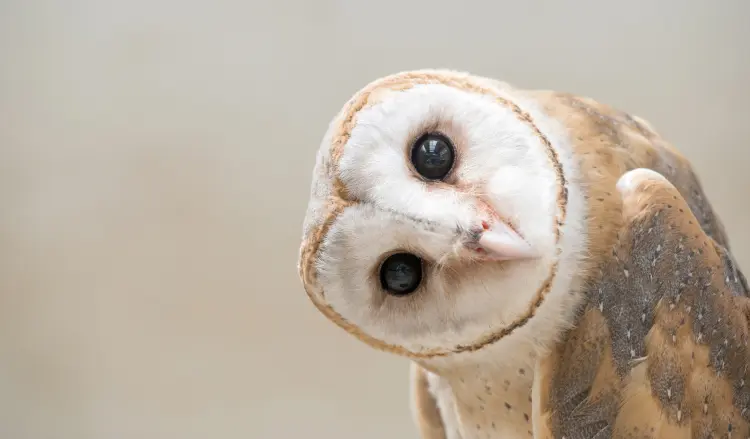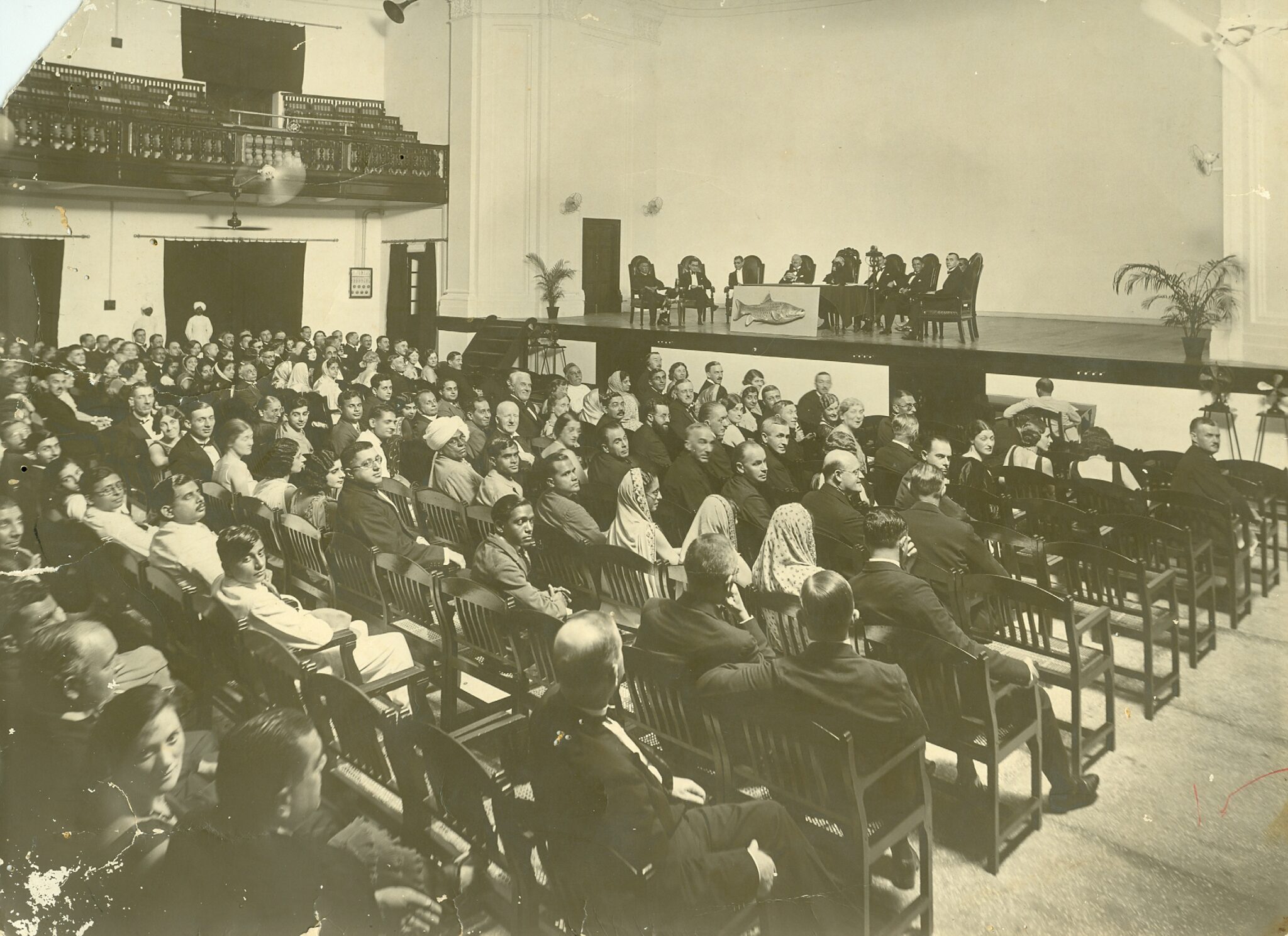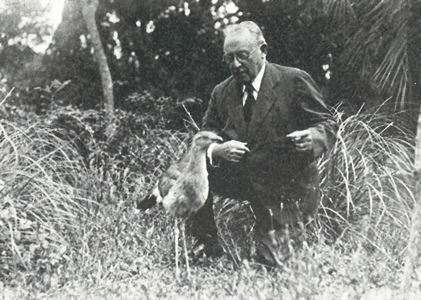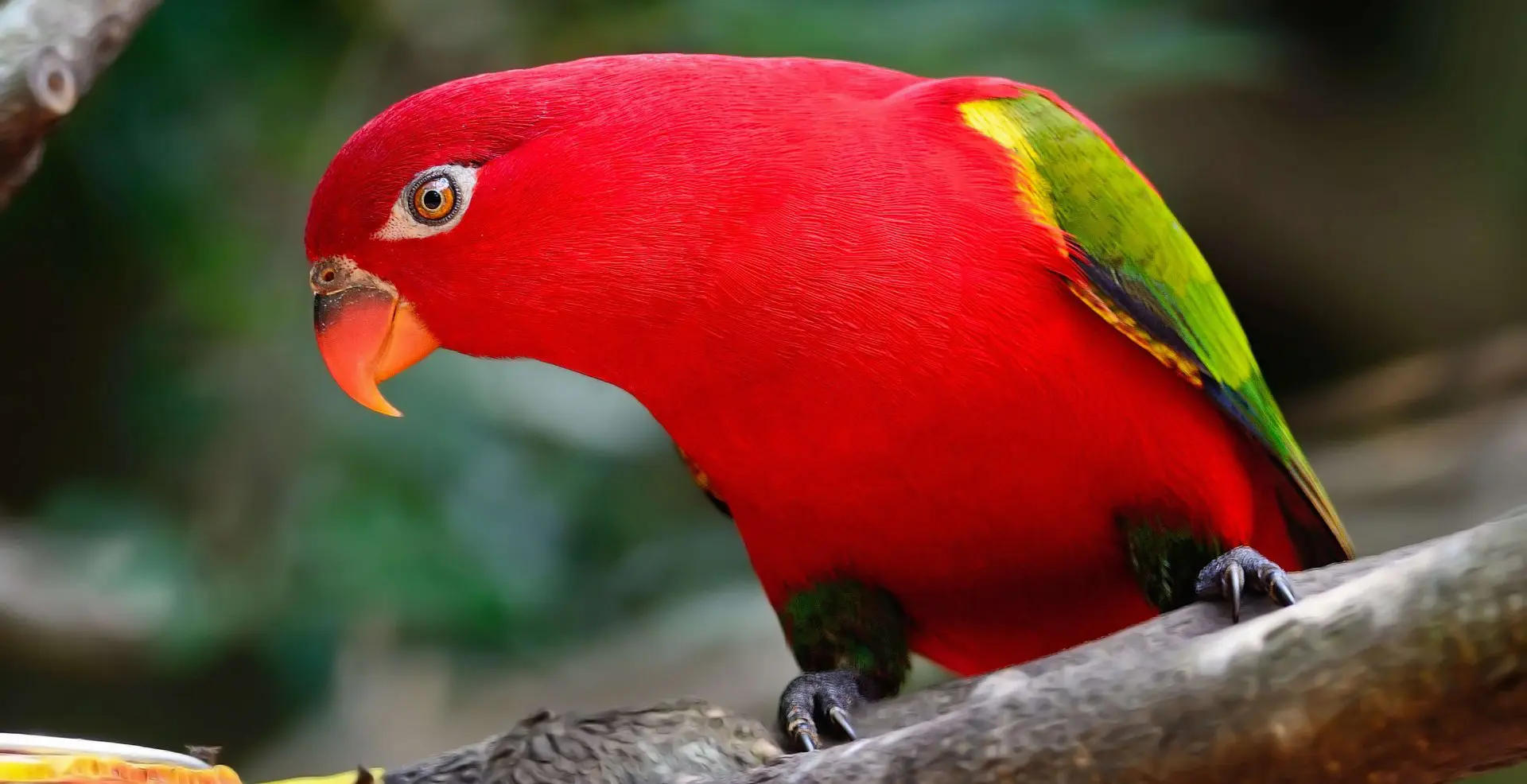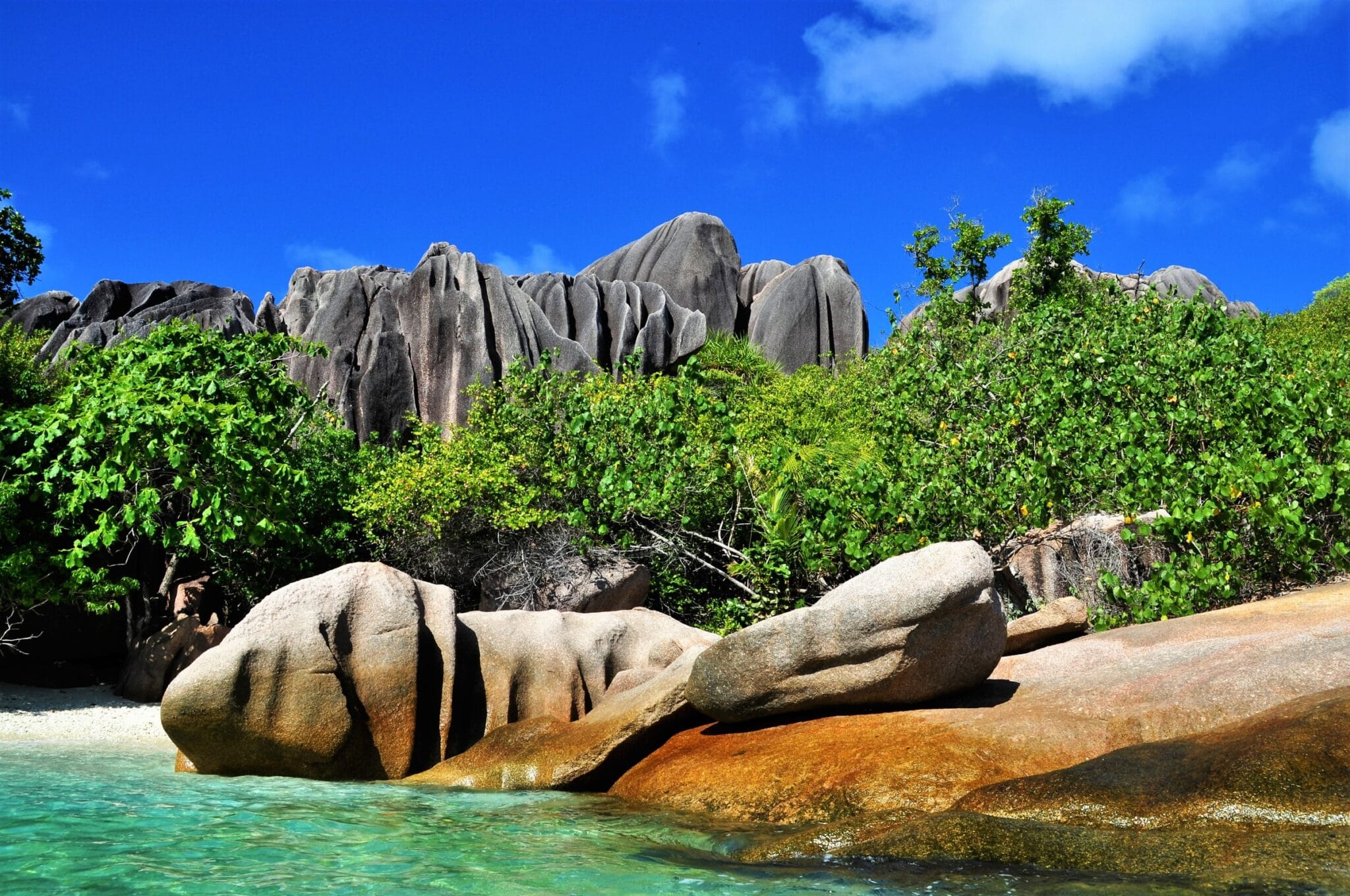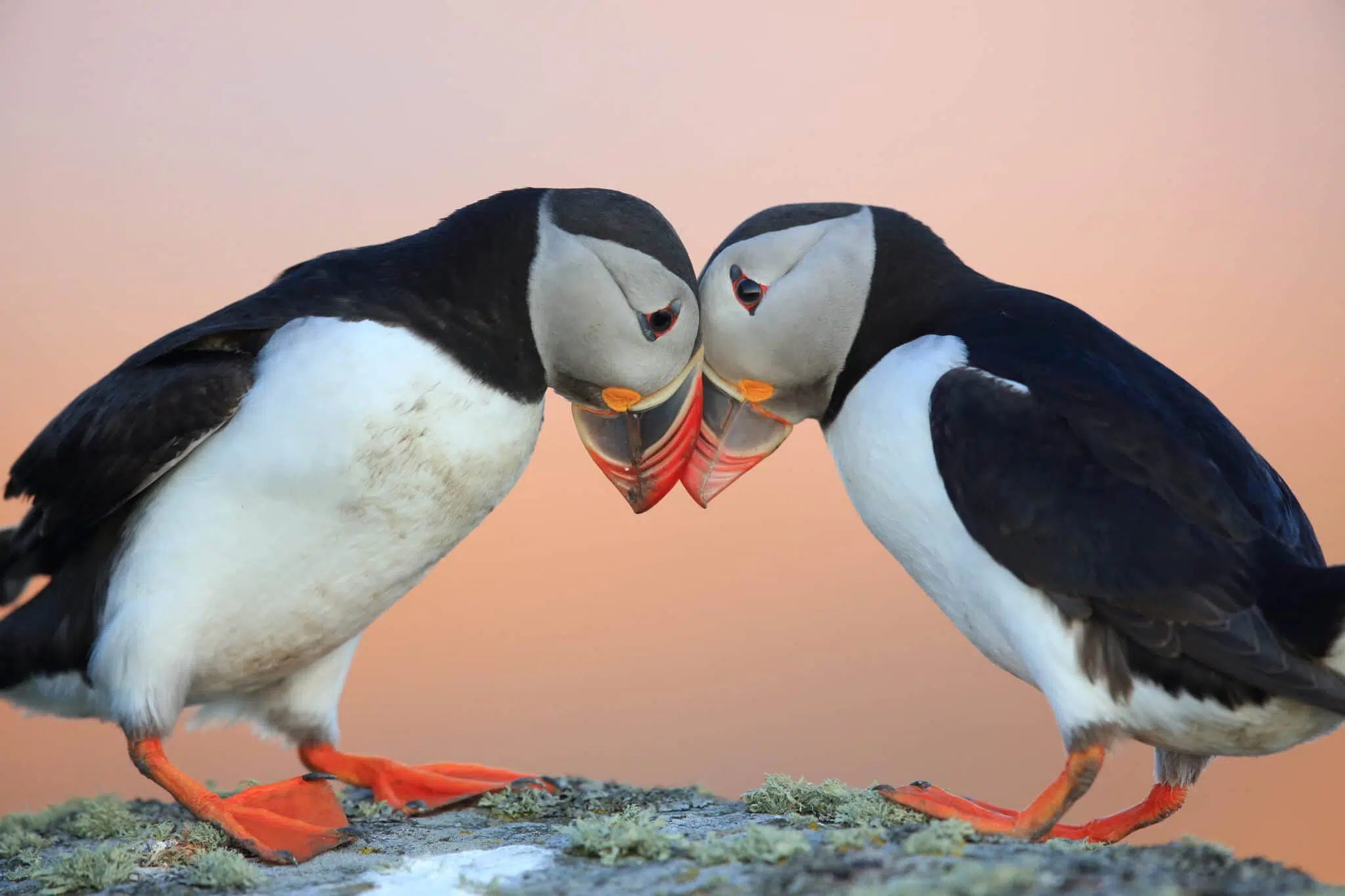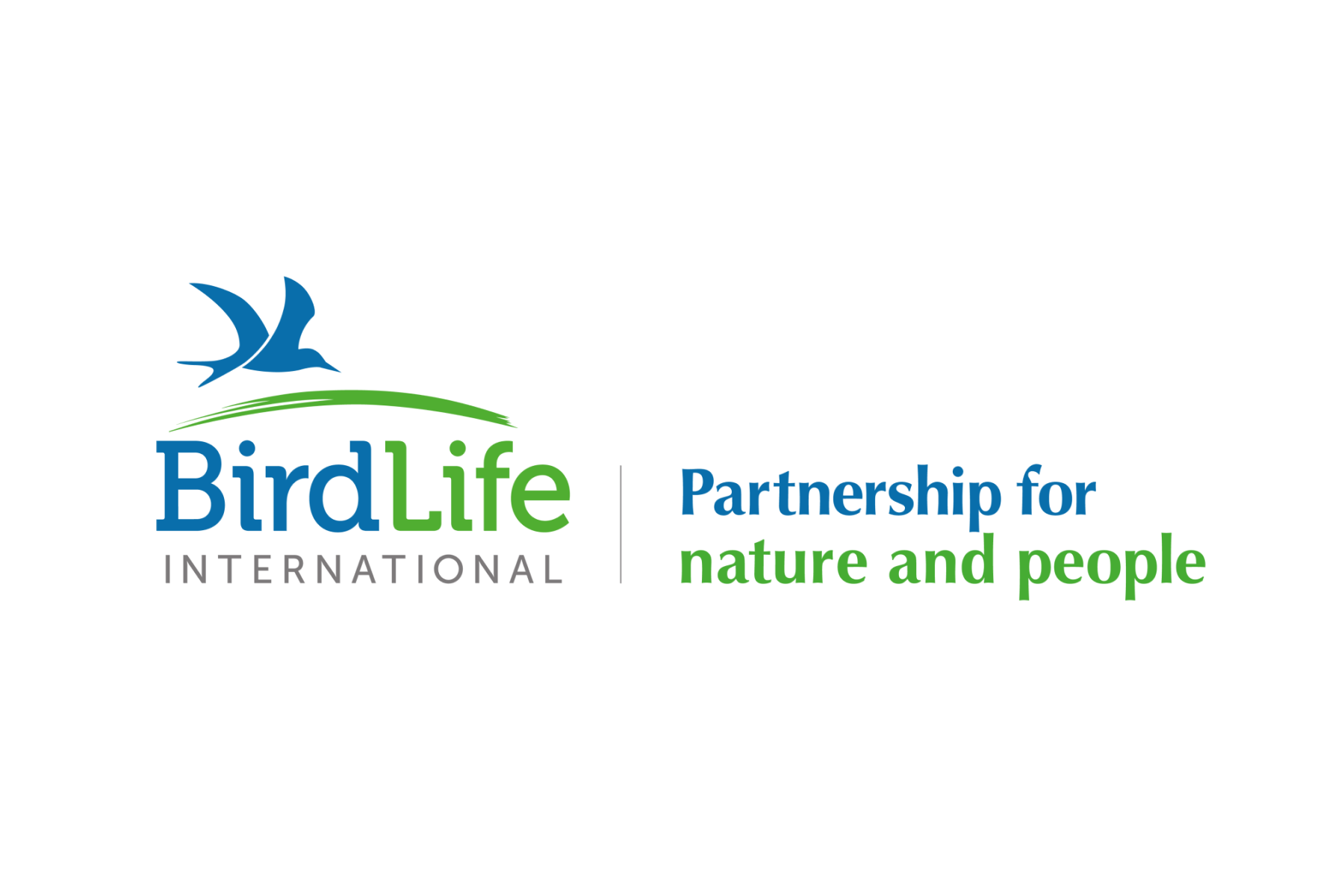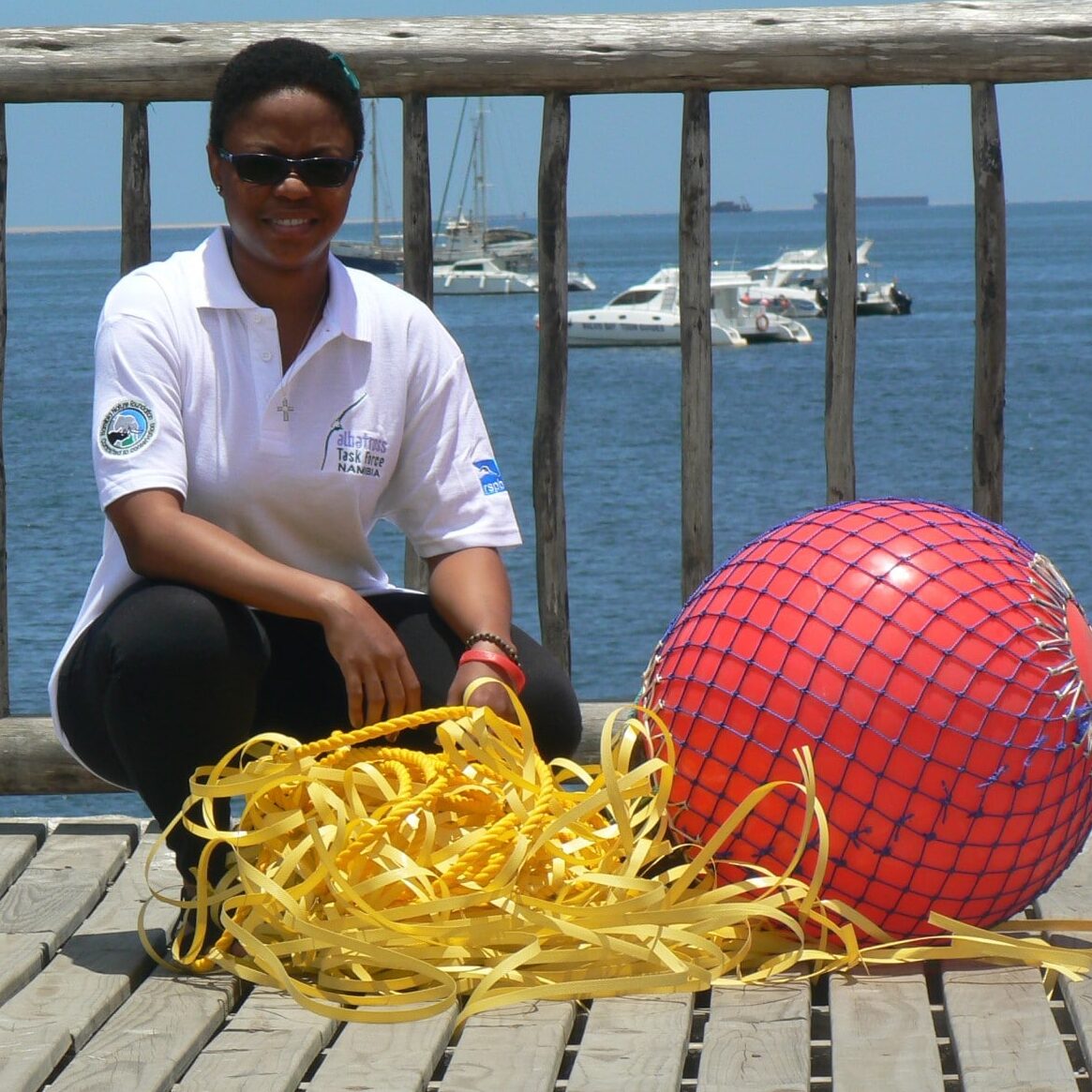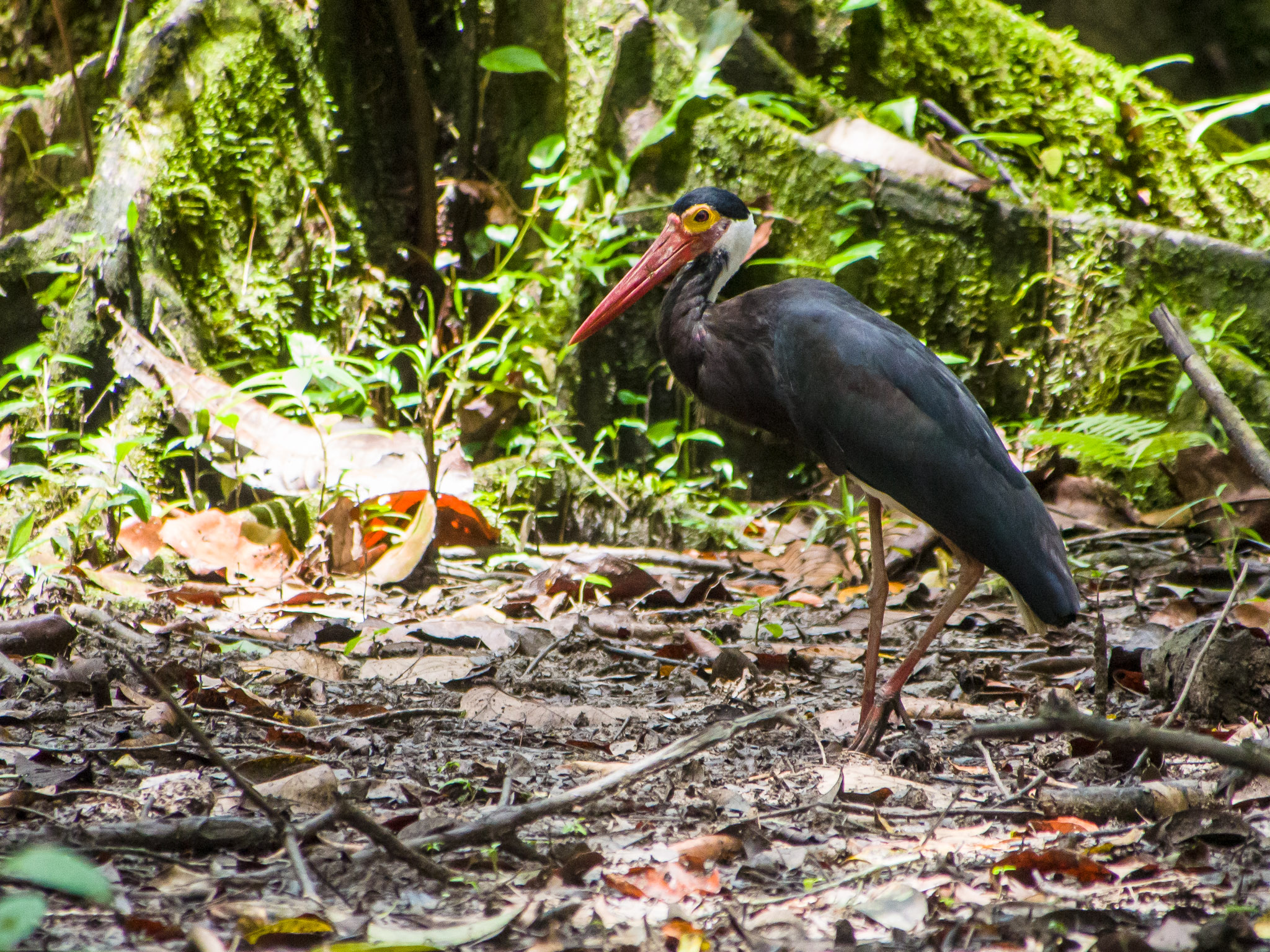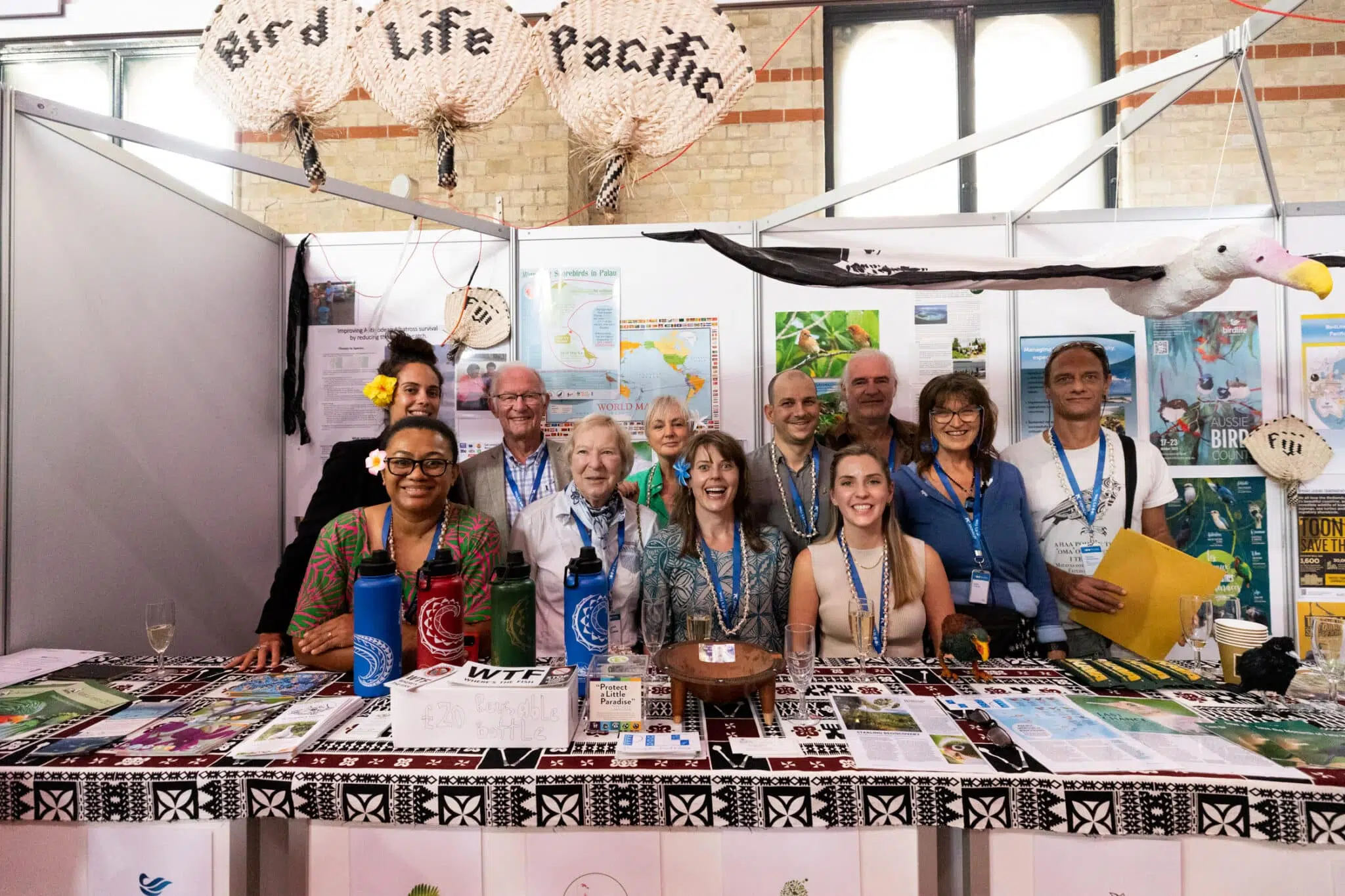A century ago, visionary conservationists concerned about the plight of the world’s birds and the wider environment came together to form an international movement.
Rooted in the foundations of a handful of campaigning national organisations, it steadily gathered momentum, spread its wings and eventually evolved into a powerful global voice for nature.

This is how the BirdLife story began.
At midday on 20 June 1922, a group gathered at the London home of the Chancellor of the Exchequer, Sir Robert Horne – then MP for Glasgow. United by their passion for birds, the group decided that co-ordinated international action was the answer to the various threats birds faced and founded The International Council for Bird Preservation (ICBP) – now BirdLife International.
“…by united action, we should be able to accomplish more than organisations working individually in combating dangers to bird-life.”The 1922 ICBP Declaration of Principles

Our foundations
The people who met that day included Dr T. Gilbert Pearson, co-founder and president of the National Association of Audubon Societies (now National Audubon in the USA); Frank E. Lemon, honorary secretary of the Royal Society for the Protection of Birds (RSPB, now BirdLife in the UK); Jean Delacour, president of the Ligue pour la Protection des Oiseaux (LPO, now BirdLife in France); and P.G. Van Tienhoven and Dr A. Burdet of the Netherlands.
The organisation’s early concerns, which remain central for BirdLife today, included the protection of migrating birds, the identification and protection of the areas where birds congregate in large numbers, and the most important sites for threatened birds.
The ICBP was responsible within the IUCN (which it helped co-found) for compiling data on the world’s threatened birds in the Red Data Book for birds (1966). Today, its successor, the IUCN Red List for birds has a profound effect on the global conservation agenda. ICBP was also instrumental in promoting the Convention on the Conservation of Migratory Species and the European directives on wild birds and habitats.
But ICBP’s structure as a ‘federation of federations’ proved too cumbersome for united conservation campaigns. A new vision was needed: this led to the transition from ICBP to the BirdLife Partnership in March 1993. The new model was to have a single BirdLife Partner for as many countries and territories as possible around the world.
We have come a long way since then. 117 BirdLife Partners are now working together to protect birds and habitats on every continent. Active conservationists, once numbered in dozens, are now counted in millions, with ten million supporters of the BirdLife Partnership alone.

Women at the helm
Women have long been at the forefront of the movement to protect birds and nature. In the nineteenth century, elaborate hats adorned with bird feathers – the more exotic the better – were the biggest thing in fashion, leading to devastating population declines in bird species including Little Egrets, Great Crested Grebes and birds-of-paradise.
In 1891, Emily Williamson and Eliza Philips co-founded the Royal Society for the Protection of Birds (RSPB and BirdLife in the UK), as part of a campaign to halt the plumage trade. Audubon (BirdLife Partner in the United States) has similar origins. In 1896, Harriet Hemenway and Minna B Hall organised a series of afternoon teas to convince Boston society ladies to eschew hats with bird feathers. These meetings culminated in the founding of the Massachusetts Audubon Society.
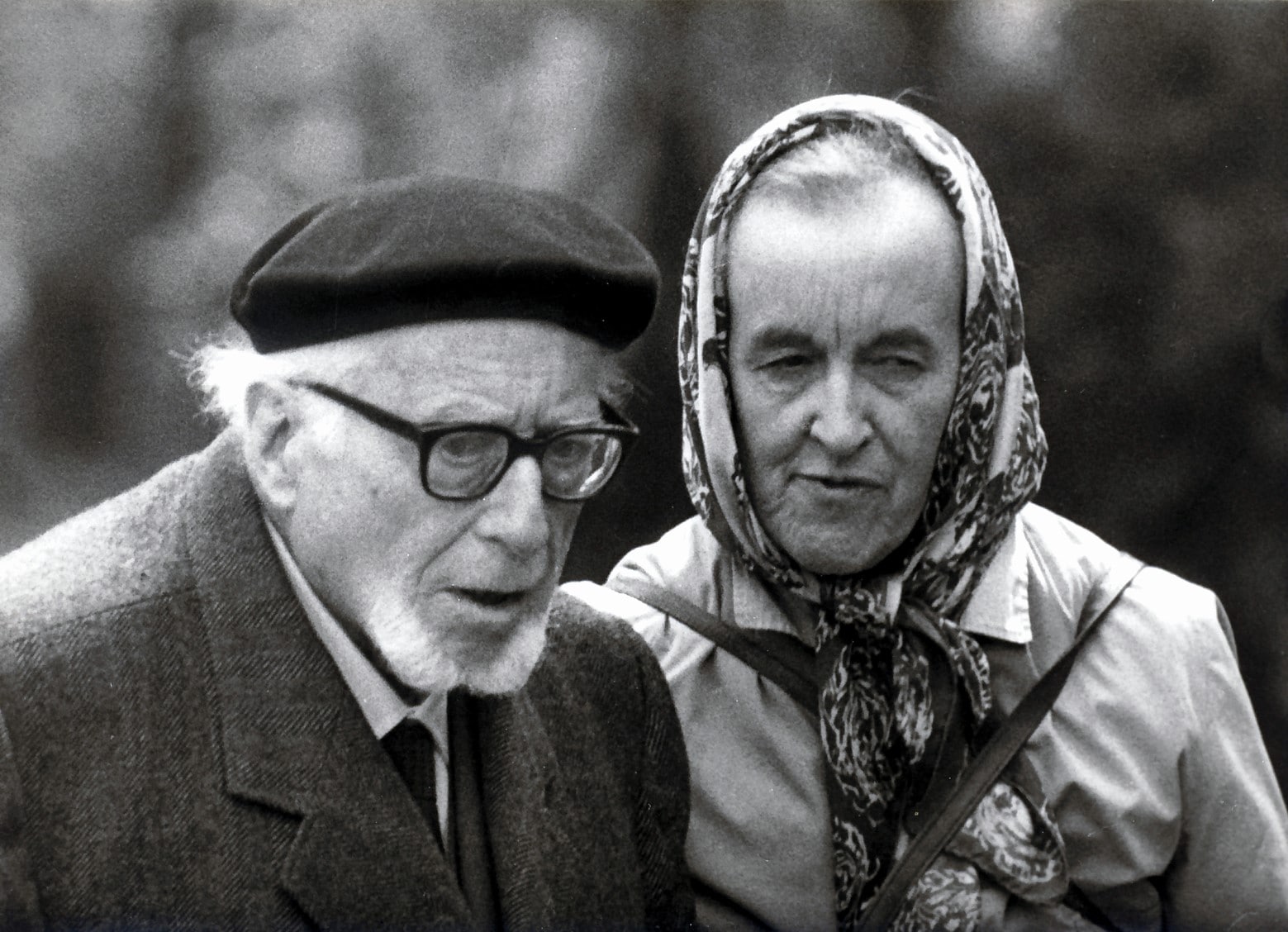
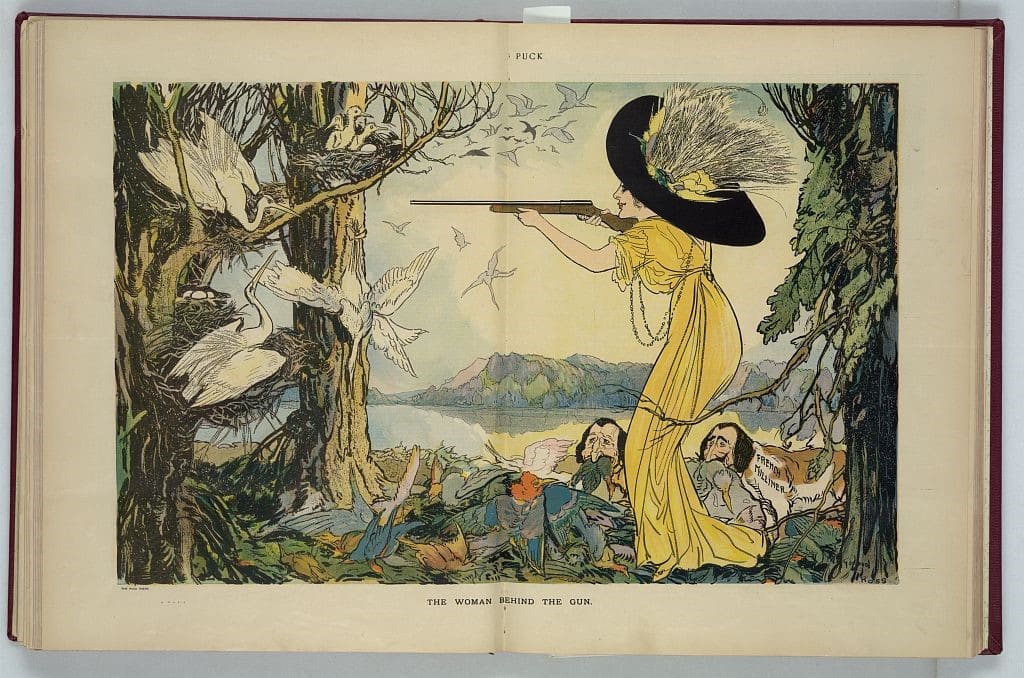
At the ICBP’s sixth meeting in 1935, Phyllis Barclay-Smith of the RSPB was appointed as the London-based sub-Secretary to the Secretariat. In 1946 she replaced Count Leon Lippens as Secretary of ICBP. She led the organisation through the 1960s, a pivotal decade in which it started making substantial progress with practical conservation measures, becoming its Secretary-General from 1974-78, assisted in later years by Robin Chancellor.
In 1958 Phyllis Barclay-Smith became the first woman to receive an MBE for work in conservation, and in 1970 she was made CBE. Hers was an impressive period of service, both for its duration and the fact that, unlike the great majority of organisational leaders at the time, she was a woman – echoing the role of Emily Williamson in the genesis of the RSPB, and part of a long-running theme continued by former BirdLife Chief Executive Patricia Zurita.

We have made a difference
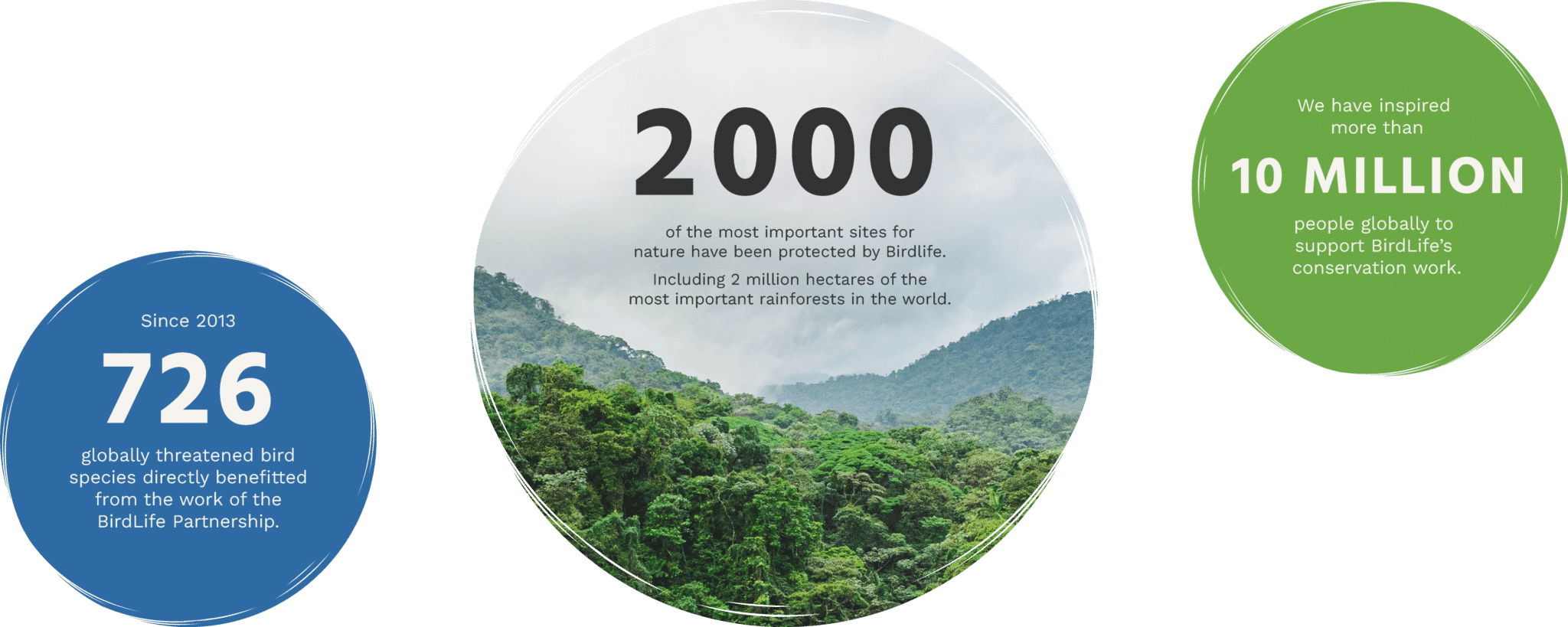
But we’re running out of time.
The natural world is in crisis. At least a million species are at risk of extinction, changes in our climate are causing unprecedented natural disasters and the pressures we’re putting on our planet are unsustainable.
The next decade is critical, and we need everyone to join us in our fight to save nature.
We hope you were able to join us at the BirdLife100 World Congress

The BirdLife100 World Congress was a historic moment and brought together conservationists and renowned advocates for the environment to work together and bring nature back from the brink.
Our World Congress saw the launch of our ambitious new 10-year global strategy to address the nature and climate crises threatening our existence.
On 15 September we held a series of discussion panels at London’s prestigious Freemasons Hall where global thought leaders explored topics ranging from biodiversity and climate change to conservation finance and the links between the health of our planet and human health. The event culminated with a fundraising 100th Anniversary dinner in the evening of 15 September at the iconic Victoria and Albert Museum.
With thanks to our event sponsors







Latest news
Stay up to date
Sign up to receive the latest bird conservation news. You’ll also receive updates about our projects, science and other ways to get involved including fundraising.
Thank you for your support, we are committed to protecting your personal information and privacy. For more information on how we use your data, please see our Privacy Policy. You can unsubscribe from emails at any time by using the link in the footer of any email from us.
